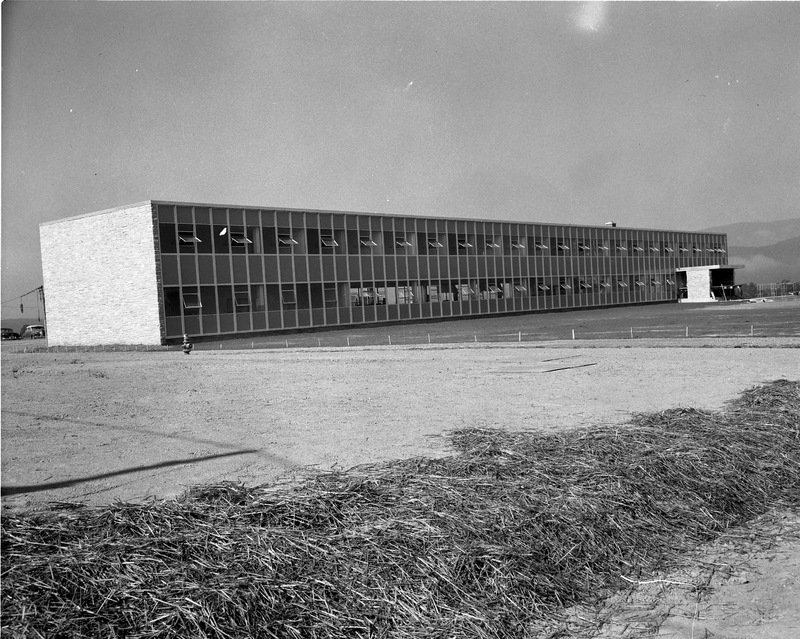
In no small part, this difficulty is the legacy of the ‘boot strap’ beginnings of the PBMP. The process of migrating those citations to the web, although it appeared to be a simple one, has not been easy. Out first attempt to publish the bibliography is now available on our Zotero and Omeka sites. With the expertise of two great UMass Librarians, Aaron Rubinstien (University and Digital Archivist) and Ron Peterson (Discovery and Integrated Systems Coordinator), the PBMP has moved our massive spreadsheet of citations into bibliographic formats readable by the content platforms we intend to use. The existence of an online, searchable, 13,000+ reference bibliography on Pompeii is tantalizingly close. PBMP Bibliography: Excel → RIS → Zotero → Omeka. – EP Posted in Blog | Tagged Bibliography, Data, GIS, Linking, Map, Nova Bibliotheca Pompeiana, Omeka, PBMP, Pompeii, Zotero

Nonetheless, if you are a GIS architect, a digital collections librarian, data designer, or all around smart person and have an opinion on how this might be done, in all or in parts, please do email me: Finally, we would like to eventually have searches in our bibliography be (passed to and) responsive in the map, so that the results of regular bibliographic searches might be visualized in the map as well as in the listing of citations.Īs you can see from teh image, we’ve got an outline of how we’ll do this. To make these functions possible, however, the data stored in the map cannot only be reference numbers linked out to other resources. The user should also then be able to create a new search off of this subset of data, using either additional bibliographic criteria or spatial definitions. For example, we want people to be able to search for an author in the map and have the sites and buildings associated with that author appear highlighted. Moreover, we want users to be able to use search functions in the map – beyond navigating and clicking – to both find and leverage bibliographic information.
#OMEKA DROPBOX PLUGIN FULL#
Indeed, that *is* our primary goal, but we also want those bibliographic citations to be linked to their full references on our other platforms (i.e., Zotero and Omeka). That is, if all we wanted to do was to connect the bibliographic data to the map so that users could click on it and access that information, the process would be straight-forward: combine and proof tables #2 and #3, then join them to the spatial data of Properties by Eschebach. If thinking of this a merely a spatial data problem, the work to be done is non-trivial, but also not conceptually difficult. Naturally, there will be a significant overlap between #2 and #3, which will reduce the total number of connections, but also offer a chance to preform quality control test on the data as extracted from the NBP. A list of addresses per citation as extracted from the full-text of the first two volumes of the NBP (GYG Citations_TEXT). This gives as a one-to-many relationship the bibliographic citation as given by Garcia y Garcia and the one or more addresses that relate to it.This gives as a one-to-many relationship the address of a property and the one or more citations that relate to it.

A list of property addresses from the Spatial Index from the NBP (GYG Citations_INDEX).This shows how the data were divided and might be recombined. The first 10,000 citations (GYG Citations_BIBLIOGRAPHY) completed from the NBP as there were prepared for uploading to Zotero (and then to Omeka).Three files from the Nova Bibliotheca Pompeiana are given here:

Later this will expand to include other, more generalized features of the landscape, such as the City Blocks, Gates, and Fortification Walls.


 0 kommentar(er)
0 kommentar(er)
